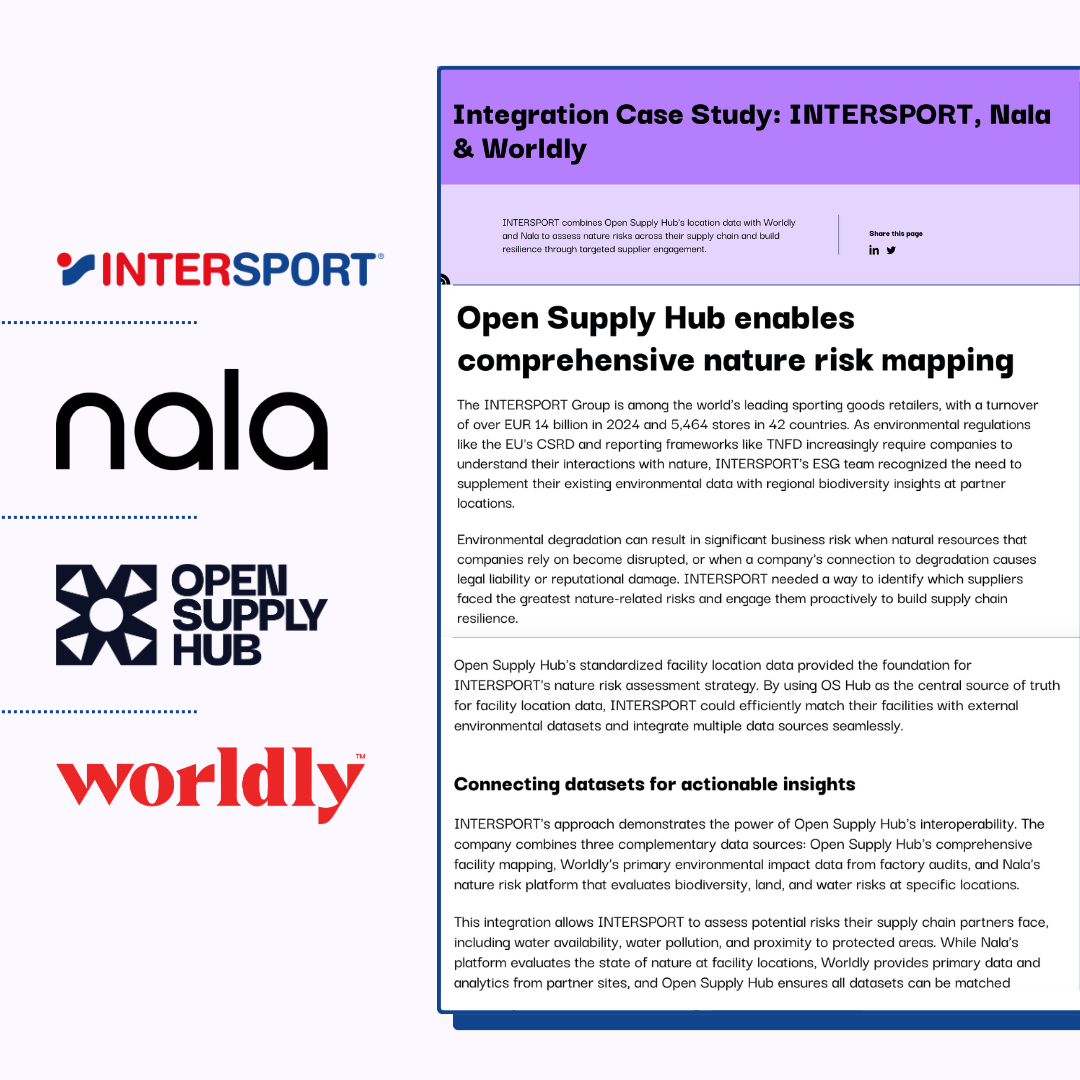The Kunming-Montreal Global Biodiversity Framework is to Biodiversity what the Paris Agreement is to Climate Change. It was agreed at the UN Biodiversity Conference COP15 in Montreal in December 2022 and provides a roadmap with specific goals and targets towards the protection and restoration of biodiversity across the world. The framework acknowledges biodiversity as the foundation of our economy and society and its essential role in enabling ecosystems to provide services such as food, medicine, energy, clean water, and clean air.
What are the key take-aways for businesses?
The Global Biodiversity Framework has 23 action-oriented global targets for 2030 that governments are expected to implement through policies and regulations (see Figure). Some of the targets are particularly relevant to businesses:
- Target 3 is one of the key targets, with “30 by 30” often being cited as a headline of the Global Biodiversity Framework itself. It aims to protect at least 30% of the world's land and oceans by 2030. The target seeks to safeguard the world's ecosystems, maintain essential biodiversity, and preserve the benefits that nature provides to the economy and society. For this we have a long way to go with only about 17% of the world‘s land and inland water areas, and less than 8% of marine and coastal areas protected today.
- Target 7 calls for a reduction in pollution from all sources by 2030, to levels that are not harmful to biodiversity and ecosystems. This includes reducing excess nutrients lost to the environment, reducing the overall risk from pesticides and highly hazardous chemicals, and working towards eliminating plastic pollution.
- Target 10 aims to ensure that areas under agriculture, aquaculture, fisheries, and forestry are managed sustainably using biodiversity friendly practices that ensure the resilience and long-term efficiency of these production systems.
- Target 15 is the most relevant to businesses as it explicitly focuses on the private sector's responsibility to protect nature. The target obliges national governments to mandate businesses and financial institutions to regularly monitor, assess, and transparently disclose their risks, dependencies and impacts on biodiversity. Businesses should further provide information needed to consumers to promote sustainable consumption patterns. All with the aim of reducing the negative impacts of unsustainable production and supply chains. Target 15 is groundbreaking as the first target in a multilateral agreement to explicitly address the role of business.

How can businesses contribute to target 15?
Upcoming regulation such as the European Corporate Sustainability Reporting Directive (CSRD) will require businesses to report on their nature-related risks and impacts in the spirit of Target 15. However, corporate assessment and reporting on nature and biodiversity is a complex challenge complicated by the lack of consensus regarding relevant data and methods. To help with this, there is work underway in the form of market-led frameworks such as the Taskforce on Nature-related Financial Disclosures (TNFD) and Science Based Targets for Nature (SBTN) which create unified reporting and target setting standards. Check out our blog post The reporting jungle - the very basics easily explained for more clarity on the acronym jungle of CSRD, TNFD and SBTN.
Nala is on the mission to lead into this new era of corporate biodiversity and nature assessment. We enable businesses to measure and report on their impact on biodiversity and nature in the spirit of Target 15 and in alignment with the upcoming regulations and standards.
Contact us to learn more about how Nala can help your business to become a sustainability leader.


.jpeg)

